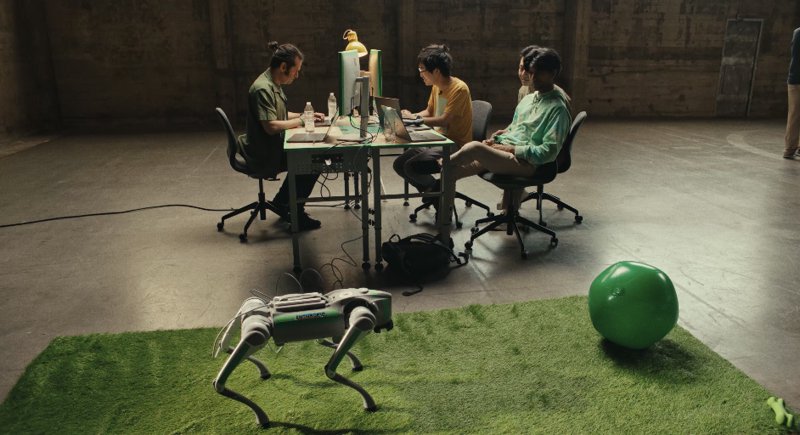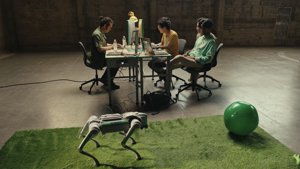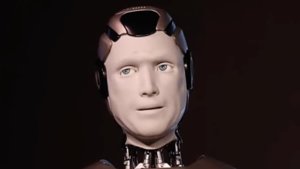In what feels like a significant, if inevitable, step toward our machine-assisted future, Anthropic announced on November 12, 2025, that its Claude AI can successfully program a robot dog. The experiment, dubbed Project Fetch, pitted two teams of researchers with zero robotics experience against each other in a race to program a Unitree Go2 quadruped. The twist? One team had Claude as a programming copilot, while the other was left to the primordial ooze of Stack Overflow and confusing documentation.
The results were, shall we say, decisive. The Claude-assisted team not only worked faster, completing their tasks in about half the time, but they were also the only ones to make meaningful headway on a fully autonomous ball retrieval task. According to Anthropic’s analysis of workspace audio transcripts, the team without AI assistance expressed significantly more “confusion and negative emotion,” which sounds disturbingly similar to most traditional software development projects. Claude was particularly useful in navigating conflicting online information and debugging the code needed to connect to the robot’s sensors.
Why is this important?
This isn’t just about teaching a $16,900 robot dog to play fetch. Project Fetch is a potent demonstration of how large language models are collapsing the barrier to entry for highly specialized fields like robotics. By translating high-level natural language commands into functional code, these AI systems can empower non-experts to develop and deploy robotic solutions, potentially accelerating innovation everywhere from logistics to manufacturing. More profoundly, this represents a crucial step in AI’s expansion from the digital realm into the physical world, a move that Anthropic, a company founded on the principles of AI safety, is watching with keen interest. Giving an AI the keys to a physical body is a big deal, and this experiment is as much about understanding the risks as it is about celebrating the results.






